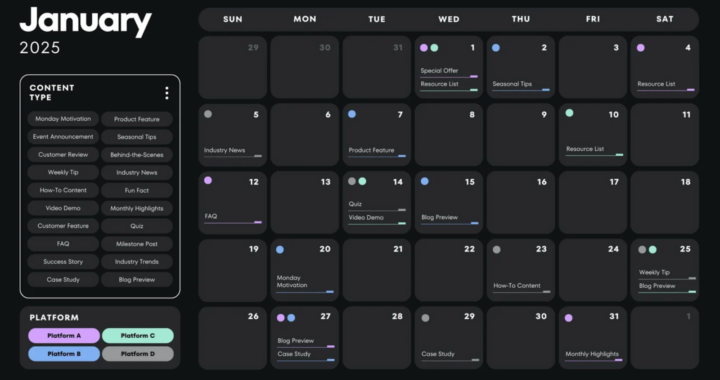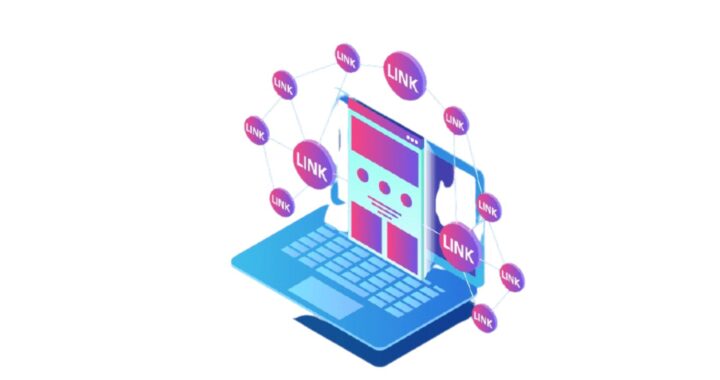
7 Reasons Why Every Future HR Leader Needs a UX Mindset
Human Resources is no longer just about hiring and compliance—it’s about designing meaningful experiences for employees from onboarding to offboarding. As organizations become more digital and employee expectations evolve, modern HR leaders must think beyond policies and spreadsheets.
They must think like designers.
Welcome to the era of UX-driven HR, where the principles of User Experience (UX) design empower HR professionals to build smoother, smarter, and more human-centric workplace systems.
If you’re pursuing or have completed a human resources manager course, here’s why incorporating a UX mindset into your toolkit isn’t just useful—it’s essential.
- HR Is About People—Just Like UX
At the heart of both HR and UX lies one shared priority: people. Where UX professionals optimize digital experiences for users, HR managers optimize workplace experiences for employees.
Thinking like a UX designer means:
- Asking: “What does the employee need here?”
- Mapping their journey across touchpoints like hiring, onboarding, reviews, learning, and exit.
- Reducing friction in these processes through clear, responsive systems.
By shifting your lens from “process owner” to “experience designer,” you begin crafting environments where employees feel heard, supported, and empowered.
- AI For Everyone Without Changing Your Career Path
You don’t have to become a full-time designer to embrace UX. Just learn the basics—empathy mapping, journey flows, prototyping—and apply them to your HR processes.
This beginner-friendly course covers:
- UI/UX principles and workflow
- Visual hierarchy and interface basics
- Tools like Figma and prototyping software
- Real-world applications in business and HR
Whether you’re designing an onboarding deck or choosing an employee engagement platform, these skills make you a smarter, more thoughtful leader.
- Future-Proof Your Career as an HR Leader
HR is evolving rapidly. Skills like payroll or compliance are now table stakes. What sets modern HR leaders apart is their ability to blend people operations with design thinking, analytics, and digital fluency.
With a UX-informed approach, you’ll be better positioned to:
- Lead cross-functional projects
- Influence the development of internal tools
- Champion DEI initiatives with inclusive design
- Build employee journeys that attract and retain Gen Z and millennial talent
It’s not just about doing HR. It’s about rethinking HR.
- It Starts with the Right Human Resources Manager Course
If you’re serious about becoming a people-first HR professional who’s ready for the future, start by choosing a course that moves beyond theory—and into strategy, systems, and experience design.
You’ll learn:
- Talent strategy, performance frameworks, and org design
- How to align HR functions with business outcomes
- Real-world case studies from HR leaders across industries
- How to create high-impact HR systems that scale
Pair that with a foundational UX course, and you’ll become the kind of HR leader modern organizations are actively searching for.
- HR Tech Is Everywhere—And It Needs UX Thinking
From applicant tracking systems (ATS) to learning management platforms, modern HR relies on digital tools. But many of these tools are underutilized or outright rejected by employees—often due to poor user experiences.
If you’re involved in:
- Choosing HR software
- Implementing digital policies
- Managing intranet portals or self-service dashboards
…a UX mindset helps ensure those tools are intuitive, useful, and employee-friendly.
HR professionals fluent in UX can bridge the gap between IT and end users—driving adoption, reducing frustration, and improving ROI on tech investments.
- Employee Experience Is a Competitive Advantage
Companies that win in today’s market are those that attract and retain top talent. And what keeps employees engaged? Seamless, personalized, and thoughtful employee experiences.
A UX mindset enables you to:
- Audit and improve your onboarding flow
- Redesign feedback loops to be more engaging
- Simplify learning & development access
- Use surveys not just to collect data—but to act on it
Think of your employees as internal customers. When they feel seen and supported, they stay longer and perform better.
- UX Helps You Turn Data into Design
One of the biggest challenges in HR is knowing what to do with employee feedback. Whether from exit interviews, pulse surveys, or 1:1s, most companies gather data—but fail to act on it meaningfully.
A UX-informed HR leader will:
- Identify pain points from data
- Prioritize them based on impact
- Prototype and test small process improvements
- Collect feedback and iterate
It’s a design loop applied to people problems. The result? Constant improvement and a culture that listens and evolves.
Conclusion: Be the HR Leader Your Organization Needs Next
The line between HR and design is blurring—and for good reason. HR professionals who think like designers don’t just manage people. They engineer experiences, solve for friction, and build cultures that thrive.
By embracing a UX mindset:
- You improve your own effectiveness
- You enhance employee satisfaction
- You drive meaningful business value
And the best part? You don’t need to switch careers to do it. A few key learning paths—like a high-impact human resources manager course and a UX design course—can elevate your skill set and future-proof your career.
Start small. Think big. Design better.






